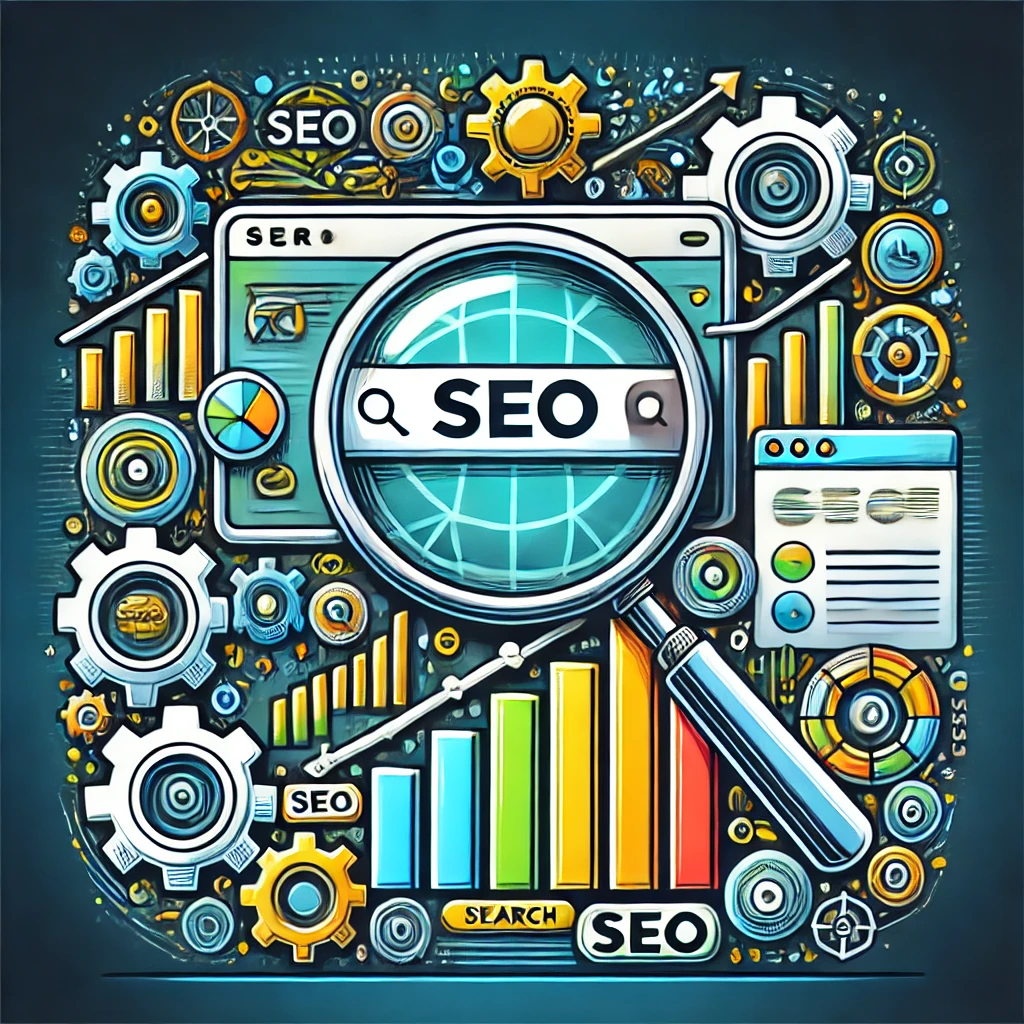What is On-Page Optimization?

Categories:
5 minute read
On-page optimization, often referred to as on-page SEO, is a crucial aspect of search engine optimization that focuses on improving individual web pages to enhance their rankings in search engine results pages (SERPs). Unlike off-page SEO, which involves external factors like backlinks and social media presence, on-page SEO deals with the elements directly on your website. This blog post will delve into the various components of on-page optimization, its importance, and effective strategies to implement.
Understanding On-Page Optimization
On-page optimization encompasses a variety of techniques aimed at optimizing both the content and HTML source code of a webpage. The goal is to make the page more relevant to specific keywords and improve user experience. Key elements include:
Content Quality: The primary focus of on-page SEO is to create high-quality, relevant content that meets user intent. This includes using keywords strategically while ensuring that the content remains engaging and informative.
HTML Tags: Elements like title tags, header tags (H1, H2, etc.), and meta descriptions play a significant role in conveying the topic of your page to search engines. Properly formatted HTML helps search engines understand the structure and relevance of your content.
URL Structure: A well-structured URL that includes relevant keywords can improve visibility in search results. Short, descriptive URLs are preferable.
Internal Linking: Linking to other pages within your site helps distribute page authority and improves navigation for users.
Image Optimization: Images should be optimized with appropriate alt text and file names to enhance accessibility and provide context to search engines. The Importance of On-Page Optimization
Improved Search Rankings: By optimizing your web pages, you increase their chances of ranking higher in SERPs. Search engines prioritize pages that are well-structured and relevant to user queries.
Enhanced User Experience: On-page SEO techniques contribute to a better user experience by making content easier to read and navigate. A well-organized site encourages visitors to stay longer, reducing bounce rates.
Increased Organic Traffic: Higher rankings typically lead to increased visibility and click-through rates, resulting in more organic traffic to your website.
Relevance to User Searches: By aligning your content with user intent through keyword optimization and relevant topics, you can attract the right audience.
Competitive Advantage: A well-optimized website stands out among competitors, giving you an edge in your niche. Key Elements of On-Page Optimization
To effectively optimize your web pages, focus on the following key elements:
1. Content Quality
Creating valuable content that addresses user needs is paramount. Ensure your content showcases E-E-A-T (Experience, Expertise, Authoritativeness, Trustworthiness). Here are some best practices:
Write unique and helpful content.
Use keywords naturally throughout your text.
Break up long paragraphs for readability.
Include images or videos where relevant.
2. Title Tags
The title tag is one of the most important on-page factors. It should be descriptive and include primary keywords. Keep it under 60 characters for optimal display in SERPs.
3. Header Tags
Header tags (H1, H2, H3) help structure your content and make it easier for users and search engines to understand the hierarchy of information. Use one H1 tag per page for the main title and H2s for subheadings.
4. Meta Descriptions
A compelling meta description can improve click-through rates by providing a brief summary of the page’s content. Aim for around 150-160 characters and include target keywords.
5. URL Structure
Create clean URLs that reflect the content of the page. Avoid lengthy URLs filled with unnecessary parameters; instead, use hyphens to separate words (e.g., www.example.com/on-page-seo).
6. Internal Linking
Linking to other relevant pages within your site helps distribute authority and keeps users engaged longer. Use descriptive anchor text for better context.
7. Image Optimization
Images should be compressed for faster loading times without sacrificing quality. Use descriptive file names and alt text to provide context for search engines.
8. Mobile Friendliness
With mobile devices accounting for a significant portion of web traffic, ensuring your site is mobile-friendly is essential for both user experience and SEO rankings.
9. Page Speed
Page loading speed is a critical factor in user experience and SEO rankings. Optimize images, leverage browser caching, and minimize HTTP requests to improve speed.
Evaluating Your On-Page Optimization
To assess the effectiveness of your on-page optimization efforts:
Use SEO Tools: Tools like Google Analytics, SEMrush, or Moz can provide insights into traffic patterns and keyword performance.
Conduct Audits: Regularly audit your site’s on-page elements to identify areas needing improvement.
Monitor Rankings: Keep track of how well your optimized pages rank over time for targeted keywords. Common Mistakes in On-Page Optimization
While implementing on-page SEO strategies, avoid these common pitfalls:
Keyword Stuffing: Overusing keywords can lead to penalties from search engines.
Ignoring User Experience: Focusing solely on optimization without considering user needs can harm engagement.
Neglecting Technical Aspects: Ensure technical elements like mobile responsiveness and page speed are not overlooked during optimization efforts. Conclusion
On-page optimization is an essential component of any successful SEO strategy. By focusing on creating high-quality content, optimizing HTML elements, improving user experience, and continuously evaluating performance, you can significantly enhance your website’s visibility in search engines. Remember that effective on-page SEO not only benefits search engines but also creates a better experience for users—ultimately leading to higher traffic and conversions for your business.
By implementing these strategies thoughtfully, you’ll be well-equipped to navigate the ever-evolving landscape of digital marketing successfully.
Citations: [1] https://www.webfx.com/seo/glossary/what-is-on-page-seo/ [2] https://www.geeksforgeeks.org/on-page-seo-optimization/ [3] https://searchengineland.com/what-is-on-page-optimization-436921 [4] https://www.semrush.com/blog/on-page-seo/ [5] https://terakeet.com/blog/on-page-seo/ [6] https://www.searchenginejournal.com/on-page-seo/ [7] https://moz.com/learn/seo/on-site-seo [8] https://digitalmarketinginstitute.com/blog/the-complete-guide-to-on-page-optimization
Feedback
Was this page helpful?
Glad to hear it! Please tell us how we can improve.
Sorry to hear that. Please tell us how we can improve.